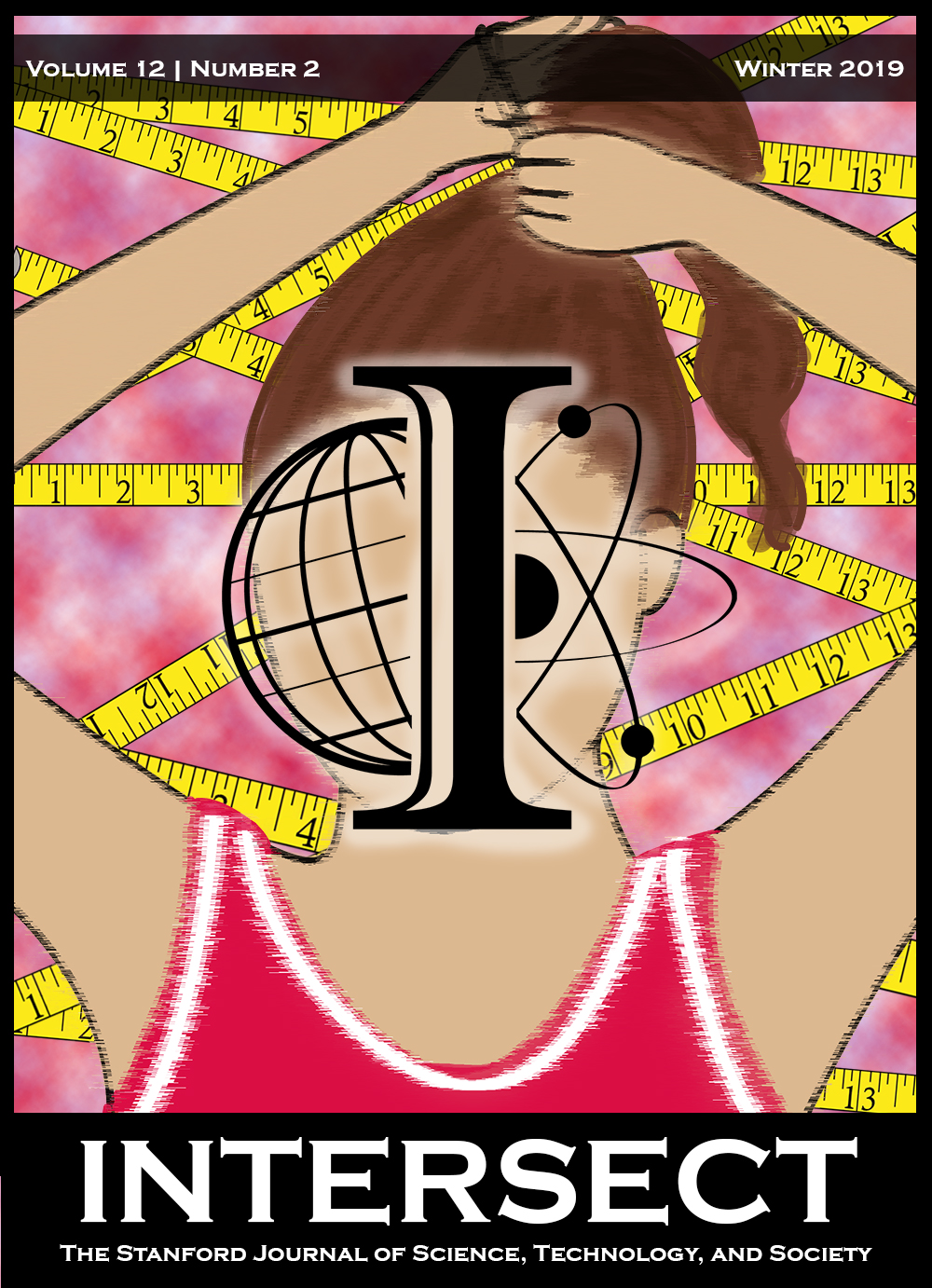Running on Empty
Temporary Eating Disorders in Female Athletes
Abstract
In sports that carry high aesthetic value, such as running or dance, female athletes are disproportionately affected by eating disorders, with nearly 70 percent suffering from an eating disorder throughout their lifetimes. This paper seeks to identify and diagnose a particular type of eating disorder—a temporary eating disorder—that affects female athletes, and to differentiate this disorder from more long-term conditions such as anorexia nervosa or bulimia nervosa. In particular, it is argued that temporary eating disorders are largely performance-oriented, meaning that athletes who suffer from these conditions are motivated by a desire to achieve perfection in personal performance, rather than to attain a certain self-image. This paper cites five interviews with anonymous female athletes who suffered temporary eating disorders throughout their high school athletic careers, hypothesizing that temporary eating disorders are more common in high school athletes due the temporary nature of high-school athletic seasons, as opposed to the seasons of collegiate or professional athletes. The paper also proposes a more organized system of disordered eating education in high schools to effectively prevent the development of these types of conditions. Further academic conversations on this topic would include additional research to understand and more concretely define the parameters of a temporary eating disorder, either separate from or in conjunction to better-understood long-term eating disorders.
Downloads
Published
Issue
Section
License
Authors who publish with this journal agree to the following terms:- Authors retain copyright and grant the journal right of first publication with the work simultaneously licensed under a Creative Commons Attribution License that allows others to share the work with an acknowledgement of the work's authorship and initial publication in this journal.
- Authors are able to enter into separate, additional contractual arrangements for the non-exclusive distribution of the journal's published version of the work (e.g., post it to an institutional repository or publish it in a book), with an acknowledgement of its initial publication in this journal.
- Authors are permitted and encouraged to post their work online (e.g., in institutional repositories or on their website) prior to and during the submission process, as it can lead to productive exchanges, as well as earlier and greater citation of published work (See The Effect of Open Access).

